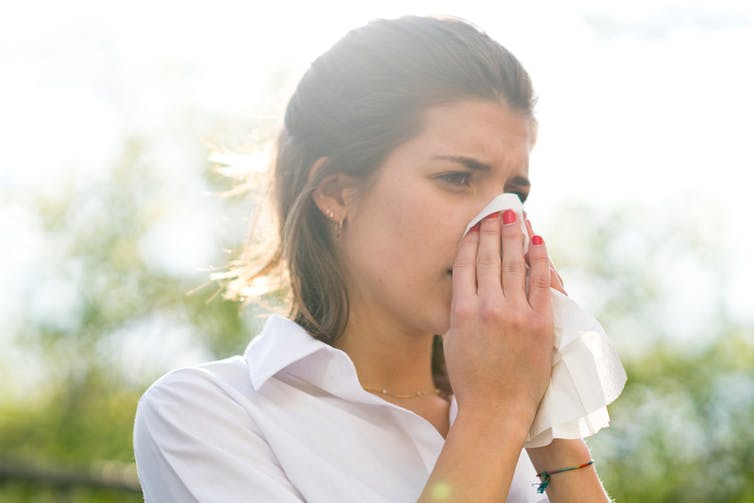I bring to your attention a translation of the expert answer to the question I've always wondered: why it’s been published in The Conversation.A reader named Sonja Dominik asked a question:
Why does the cold from our nose begin to flow? This is somehow counterintuitive.
From
50 to 90% of people face the problem of a cold when it gets cold. We call it cold rhinitis, or
"skier's nose .
" There is an assumption that people with asthma, eczema and pollen allergies are even harder.
The job of your nose is to warm and moisten the inhaled air - so that after entering the lungs it
does not irritate the cells of the organ.
At sub-zero temperatures, after passing through the nose, the air is usually heated to 26 ° C (and sometimes to all 30 ° C). And the humidity at this stage usually approaches 100% regardless of how cold the air was originally.
Thus, the nose is very effective in making the air "breathable" for our lungs.
But how does he do it? The nerve endings inside the nose react to cold and dry air, the signal from their irritation enters the brain. The brain, in turn, responds with impulses that stimulate blood flow to the nasal area - and the vessels enlarged in this way begin to warm the air passing near them. Also, the nose receives a command
to strengthen the secretion with the help of mucous glands in order to moisten all the incoming air.

Photo:
www.shutterstock.comCold and dry air also stimulates your own immune system inside your nose. Her cells (they are also called "fat", also known as mast cells or labrocytes)
provoke the production of fluid in the nose. According to some
estimates per day, you can lose up to 300-400ml of liquid in this way, if this function of the nose is activated.
Heat loss and fluid loss are closely related: heating the air inside the nasal cavity means that the mucous membrane becomes cooler than the internal body temperature. After all, the process of evaporation of water requires a certain resource of heat, which in this case is taken right here.
In response, the blood flow to the nasal region increases even more, since the body’s task of heating the inhaled air is given priority over the cooling that takes place here (the
normal body response to lower temperatures is to move the blood from the superficial vessels to deeper ones to prevent large heat losses) . There is a rather difficult situation in establishing a balance between the loss of heat and fluid in the nose.
If the compensatory mechanism becomes a little more active, then the liquid that turned out to be excessive for humidifying the inhaled air simply leaves the nose in the most inconvenient way for us.
In people with asthma and allergies, mastocyte cells are usually more sensitive. And in people who are sensitive to environmental stimuli and temperature changes, the blood vessels are more responsive. Therefore, cold conditions provoke nasal congestion and sneezing.
"Treatment", as a rule, only one thing - stock up with handkerchiefs or paper napkins. Although the use of anticholinergics (blocking nerve impulses) and anti-inflammatory nasal sprays also
showed some efficacy .